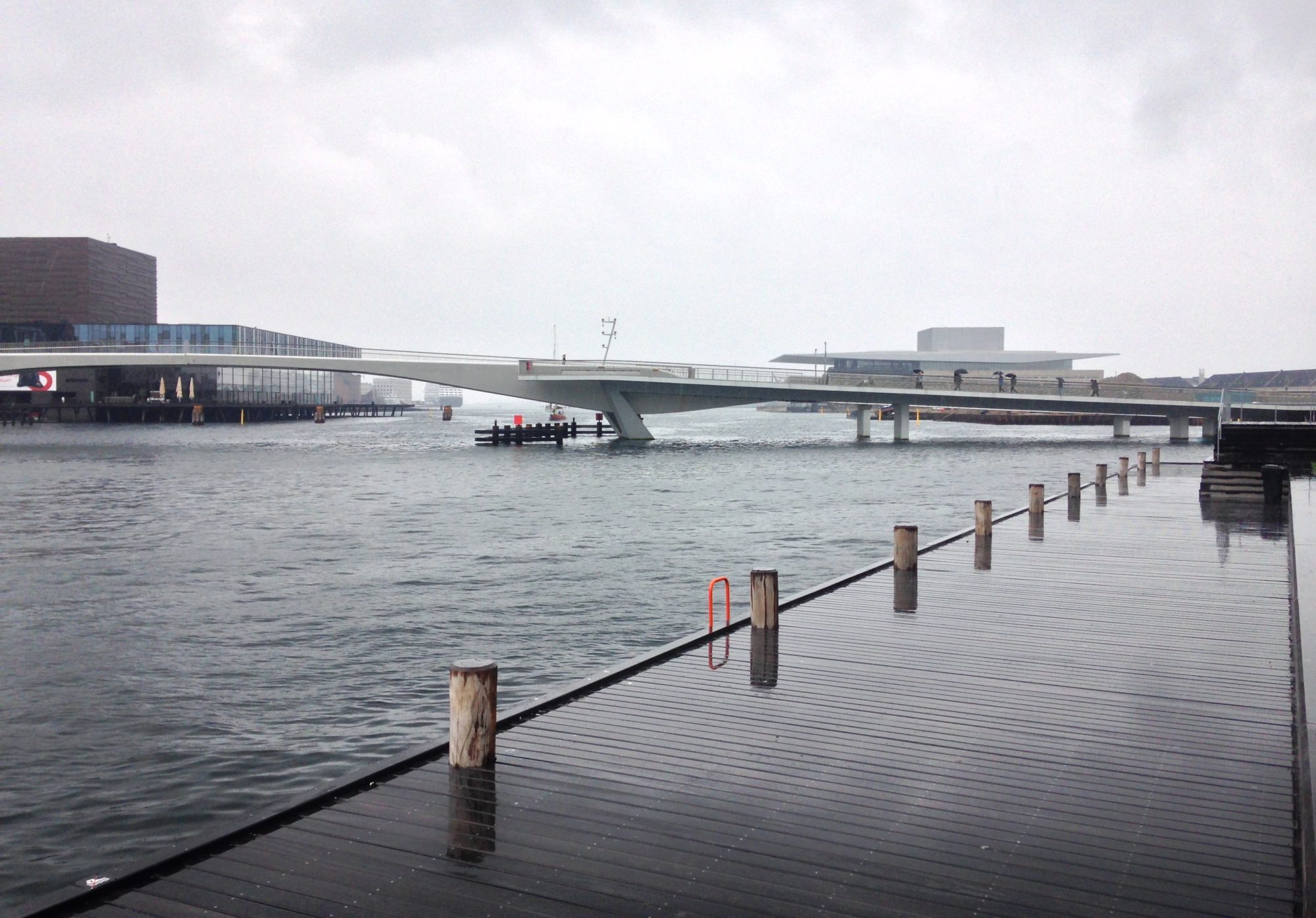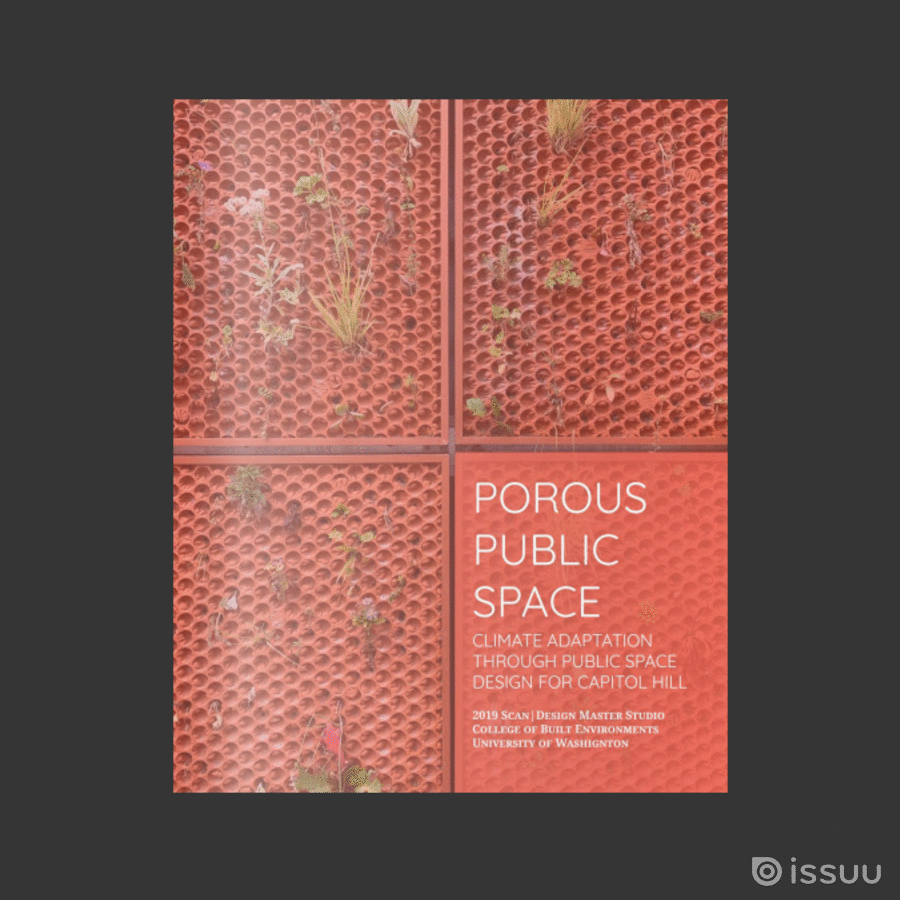How can the integration of water management, activation of the public realm, and infusion of a healthy “Nature” help to create a vibrant, healthful, and climate-change resilient urban district? As a case example, how might Seattle’s Capitol Hill neighborhood integrate green infrastructure to eliminate combined sewer overflows into Lake Washington, and cleanse water before it is discharged into Lake Union, in ways that also help to regenerate a healthy urban nature and equitably provide the ecosystem services of heat island reduction, air quality improvement, habitat provision, and social and cultural space? How can such an integrative design approach help to create and sustain a democratic, just public life and foster a safe, vibrant, creative urban neighborhood? What if it were really safe for people to swim, and for salmon to thrive, in Lake Union and Lake Washington? Can the city “feel and function like a forest?” (SLA) with all its benefits and capacity to address climate change?
Inspired by our experiences of Copenhagen’s and Malmo’s design examples for successful public space that contributes to climate resilience, our studio worked with the Seattle 2030 District and Capitol Hill Housing’s Public Realm project to begin to answer these questions. We developed design ideas and typologies to inspire retrofit of streets and urban spaces that employ natural processes to create a more livable district, while solving the area’s stormwater issues and future City water and wastewater demands. During the studio, we had the unique opportunity to work directly with proponents at the front end of promoting green stormwater infrastructure approaches to achieve 2030 District’s visionary goals to reduce peak stormwater discharge and potable water use, and to advance an enhanced, connected public realm that cultivates a public life culture.

